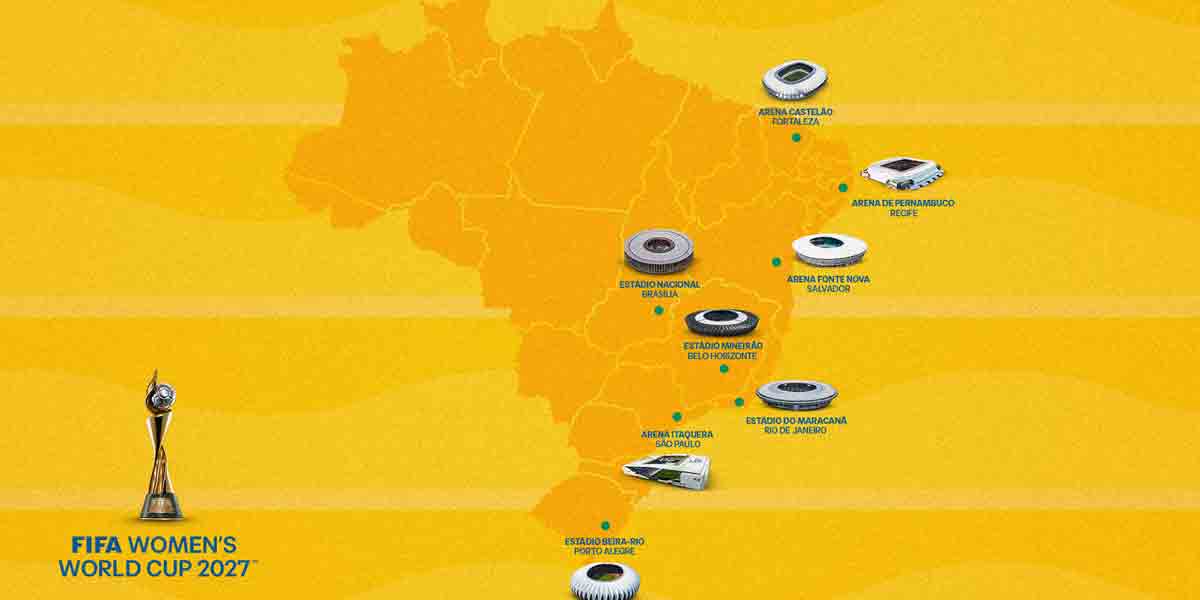The Philippines will continue to utilize its currently operating coal-fired power plants to ensure stable energy supply through 2030, despite plans to increase the share of renewable energy (RE) in the power generation mix remaining stagnant.
Energy Secretary Raphael Lotilla announced this strategy at an energy forum in Makati City last week, saying that the government aims to maintain adequate baseload capacity, crucial for meeting the country’s energy demand.
Lotilla highlighted the current sluggish contribution of renewable energy, such as solar and wind, which stands at 22 percent of the power mix, a significant shortfall from the goal of 35 percent by 2030. In contrast, coal remains the dominant source, supplying 62 percent of the country’s energy needs.
“[W]e do not set aside our responsibility to ensure adequate baseload capacities in conjunction with our push to increase [renewable energy] share in the power mix,” Lotilla said.
Although a moratorium on new coal plant developments was issued in late 2020 to reduce greenhouse emissions, exemptions exist for certain projects.
Lotilla noted that over 6,300 megawatts (MW) of dependable coal capacity, aged 10 years or younger, remain operational, capable of providing energy for another 30 years.
Additionally, more than 3,400 MW of coal capacity between 10 and 30 years old can continue to function for at least another decade.
“Maximizing the use of existing energy infrastructure avoids placing an added cost burden on both the economy and consumers,” Lotilla added.
The Department of Energy projects that by 2028, power generators will produce about 2,255 MW of additional coal supply, contributing to the target of adding 11,000 MW in total capacity to meet a projected peak demand growth of 5.3 percent from 2023 to 2028.
Gerry Arances, convenor of the Power for People Coalition, criticized the DOE’s approach, describing the continued use of “young” coal plants as an “irrational decision” in light of their environmental impact and high consumer costs.
“Continuing to use coal is an irrational decision considering the magnitude of its impact [on] the climate emergency and the exorbitant charges inflicted on consumers,” Arances said.
The Philippines has been striving to diversify its energy sources and increase the share of renewables in its power generation mix.
Despite these efforts, the country’s reliance on coal persists, primarily due to the cost and stability of coal-fired power generation compared to the current state of renewable energy infrastructure.





















